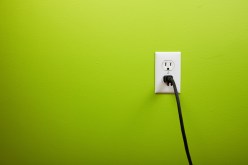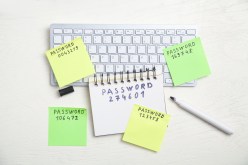Essential Tips for Troubleshooting Common Wireless Network Issues
Wireless networks have become an integral part of our daily lives, enabling seamless internet access without the clutter of cables. However, like any technology, wireless networks can sometimes encounter issues that disrupt connectivity and performance. In this article, we’ll explore essential tips to help you troubleshoot and resolve common problems with your wireless network efficiently.
Understand Your Wireless Network Setup
Before diving into troubleshooting, it’s important to familiarize yourself with your wireless network setup. Know the location of your router, the type of wireless standard it uses (such as 802.11ac or 802.11n), and which devices are connected. This knowledge can help identify if the issue is related to hardware placement or device compatibility.
Check for Interference and Signal Strength
Wireless signals can be affected by physical obstructions like walls and furniture or interference from other electronic devices such as microwaves and cordless phones. To improve signal strength, position your router in a central location away from obstacles and potential sources of interference. Additionally, consider using a Wi-Fi analyzer app to identify crowded channels and switch to a less congested frequency band if possible.
Restart Your Router and Devices
One of the simplest yet most effective troubleshooting steps is restarting your router along with the connected devices experiencing issues. Power cycling clears temporary glitches in hardware or software that could be causing connectivity problems.
Update Firmware and Device Drivers
Outdated firmware on routers or drivers on wireless adapters can lead to unstable connections or reduced performance. Regularly check for updates from your router manufacturer’s website or through its management interface, as well as updating drivers on laptops, smartphones, or tablets.
Secure Your Network Against Unauthorized Access
Unauthorized users connecting to your wireless network can consume bandwidth and degrade performance. Ensure you use strong encryption methods like WPA3 or WPA2 with a robust password to protect your network from intruders effectively.
By following these essential tips—understanding your setup, managing interference, restarting equipment when needed, keeping software up-to-date, and securing your network—you can troubleshoot most common wireless network issues on your own. Maintaining a healthy wireless environment will ensure reliable connectivity for all your online activities.
This text was generated using a large language model, and select text has been reviewed and moderated for purposes such as readability.





